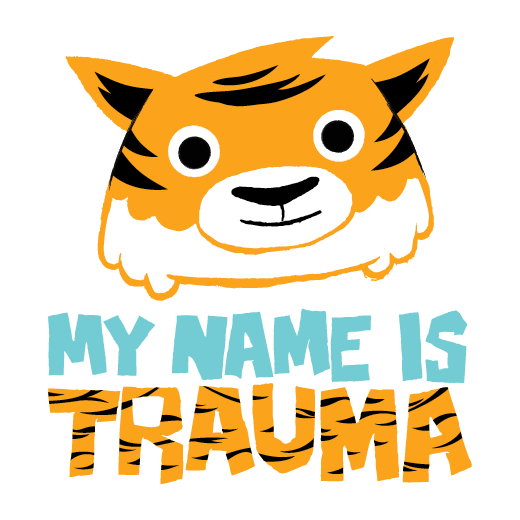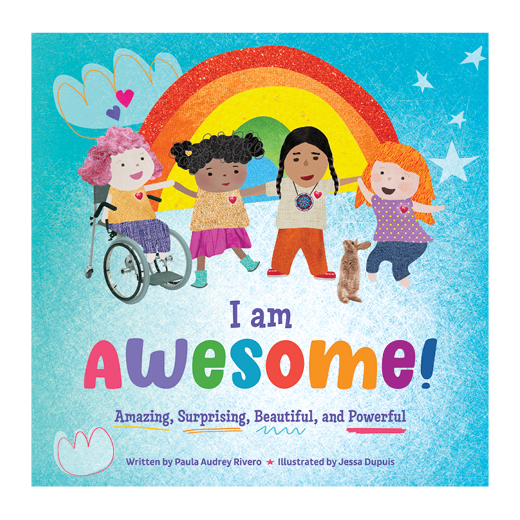Reemerging after Safe at Home: Tips for Adjusting to New Normals
This Friday (June 2020), the province of Alberta will begin Stage 2 of the relaunch to help people safely emerge from lockdown and gradually begin resuming normal activities. While this is great news and reason for hope, vigilance and safety remain the key to long term success.
The relaunch for Albertans is a triumph for all and indicates that the pandemic is much more under control, thanks to the concerted efforts of everybody who respected physical distancing and quarantine rules. However, the relaunch will also present some new challenges for parents and caregivers of children and teenagers.
In this article, we will be looking at some of the issues for parents and caregivers surrounding ‘the new normal’.
Take the Best and Leave the Rest
Image: A populous group of yellow butterflies resting against a wall.
Hopefully, your time spent at home brought about some positive changes too. As we all reemerge, like beautiful butterflies from our cocoons, into some sort of new normal, it is the ideal time to reflect on which changes have had a positive impact on our lives.
If some of the measures and strategies that you put into place during lockdown worked really well for you, your child, or teen, then it is important to incorporate those into your lives as you move forward. Take a bit of time to assess, as a family, what you have learned during this period, and what values and strategies you will take with you into the future.
As always, our advice in this article will need to be adapted to the unique needs of your child, teen, and family situation. If you haven’t seen our series of articles on being Safe at Home, much of the information may still be of use, so please have a read:
Staying Safe Whilst Adjusting to the New Normal
Often autistic children and teens have difficulty coping with unexpected change. Having just settled into physical distancing over the past few months, the return to some normal activities can be challenging and anxiety provoking. So, gradually reverse the process. If it is appropriate and safe for your child to go out, start small, limit the time, and gradually build it up. It is essential, however, that safety measures remain in place to prevent further spread of the virus.
Here are a few tips on how to explain the relaunch and the safety measures in place:
Focus on the positive aspects of the situation whilst not downplaying the need to stay alert and stay safe.
Adapt the information about the coronavirus according to your child’s abilities, needs, and special interests.
Use social stories to explain the ongoing need for social distancing, https://paautism.org/resource/social-distancing-social-story/, hand-washing https://www.andnextcomesl.com/2020/03/free-printable-handwashing-social-story.html, and mask-wearing https://www.autism.org/wp-content/uploads/2020/04/I-can-wear-a-mask-1-1.pdf
Many autistic children have sensory issues, so wearing a mask may be a challenge for some. If you are going to be taking public transport, or be in a situation whereby mask-wearing is required, prepare your child or teen in advance. Practice wearing masks at home for short periods and gradually build up the time spent wearing them. Make your own facemasks using favourite characters or themes and soft materials. Practice safely putting on and taking off the facemask at home with accompanying hand-washing before and after. If your child has difficulties observing the social distancing measures then a face mask may help protect other vulnerable sectors of society. Click here for Alberta’s general governmental advice on face masks. (Note: The CDC advises against the use of facemasks for all children under 2 years of age).
Hopefully, your child or teen will have been practicing hand-washing techniques at home. Now is a good time to introduce some hand sanitizer to the home to allow your child to get used to the different texture and feel. If you go out to the shops or park, practice skill generalizing. This is learning how to sanitize or hand wash in different environments and buildings. If a sink isn’t available on your outing, take some hand sanitizer in your bag and encourage your child to use it in the park or after touching public places.
Socializing with Friends and Family
Many of us will have desperately missed extended family members and friends, and the chance to socialize in person is an exciting new development. The governmental guidelines indicate that in Stage 2, social gatherings should be limited to under 50 people in indoor situations, and under 100 people at outside venues. Social distancing rules still apply i.e. people stay at least 2 meters apart from each other, however there is a bit more flexibility depending on whether it is only your family or a smaller gathering of friends.
However, it is important to remember that, according to earlier Government of Canada Health Information, those who have…
Image: Three young women socializing together, sitting on the edge of a flowerbed of pink and red flowers.
Difficulty reading, speaking, understanding, or communicating (non-verbal or verbal)
Difficulty doing preventive activities, like frequent hand washing and covering coughs and sneezes
…fall into the most vulnerable category. So, while it is important to begin safely socializing again, you don’t have to have 14 people round to the house just because you can.
Start with a smaller group of friends or family members and enjoy a short get-together whilst practicing physical distancing.
In addition, if you, your child, or your teen has not had any social outside contact so far, start slowly and gradually build up the time spent with others to avoid overwhelm.
If your child is immune-compromised to any extent, you may want to consider waiting for Stage 3, or allow another 14 days for Stage 2 measures to be experienced by everyone.
While it remains essential that your child or teen and yourself stay safe and avoid contracting the virus if at all possible, it is also important to gradually reintroduce a little bit of normality too.
Watch out for increased signs of anxiety and try to incorporate fun activities into the day, such as a bike ride or a walk in the park. Again, start small and build up the time and level of contact with others when (and if) you and your child are comfortable.
Big and Little Changes
While Stage 2 of the governmental relaunch is a welcome move, for many life will remain very different from pre-lockdown times. Here is a summary of the relaunch and how it may affect you.
Schools in Alberta are not going to fully reopen until (at the earliest) the new term in September. K-12 schools may open for requested diploma exams and summer school. This leaves many parents and carers dealing with online homeschooling whilst juggling working from home and all the usual duties. For some tips and advice specifically relating to these issues, please take a look at our article on homeschooling and social skills.
Many therapists, coaches, and educators (including us) are still offering online support to children and families. Find out about and use the resources in your area.
Some parents may now be required to go back to the workplace. However, if you have successfully managed to work from home, and now have childcare issues, then try and liaise with your team to see if you can work part-time in the office or continue home working.
Enjoy the lifting of the restrictions. Profit from simple activities in the sun, such as a bike ride in the park, a walk on the beach, or a socially distanced drink with friends, whilst staying safe.
If you or your family develop any symptoms of COVID-19, you are legally required to self-isolate for 10 days. If you or your family develop any new symptoms you can also take the self-assessment test to access COVID testing facilities nearby.
Maintain any routines and schedules that you have already set up and simply incorporate any new outside activities or social events into them.
Be Extra Mindful of Yourself and Loved Ones
According to the Angus Reid Institute (2020), mental health issues have escalated in Canada over the course of the lockdown and the pandemic. Indeed, according to this survey, 44% of Canadians describe themselves as ‘worried’ 41% as ‘anxious’ and 30% ‘bored’.
Please be extra mindful of yourself, your loved ones, and your colleagues. Be gentle and be kind. Many have been dealing with the added stress of illness, death, grief, childcare, vulnerable parents and children, and financial concerns.
If you are concerned about any mental health issues, please seek professional advice.
Image: A stick figure person holds up a sketch of a heart.
Oftentimes, the true impact of stress is felt after the initial crisis starts to ease off a little. Some people will want to be out socializing and desperately trying to ‘get back to normal’ whilst others may prefer to stay in isolation due to fear and anxiety. The good news from the Angus Reid Institute survey is that 34% (almost one third) of Canadians state that they feel grateful. Gratitude is a very positive and healing emotion to hold on to. Try and find something in each and every day that you are grateful for; it will help.
There is no right or wrong path as long as you are not endangering yourself or others. Each person and family unit must try and lightly tread their own path back to a more connected future, while staying safe.
Everybody Worries and It’s Okay
Lastly, we’d love to share with you this book Everybody Worries by John Burgerman. We may all have different worries and concerns, but also things to look forward to, in the coming weeks and months ahead.
Some final social stories you may find helpful (from autismlittlelearners.com):
Why does my therapist look different? (Different print-outs for Speech, OT, PT, Psychologist, etc)
How to video chat with other people (English and Spanish versions)
Going for walks (when your family goes on walks, but the playground is closed)
Going back to school (English and Bahasa Indonesia versions)
So, although we are not totally out of the woods, let’s just say that we have found, and are on, the right path. Stay safe, stay positive, and enjoy these new steps in the right direction towards a more positive future.
References
Angus Reid Institute. (2020, April 27). Worry, Gratitude & Boredom: As COVID-19 affects mental, financial health, who fares better; who is worse? Angus Reid Institute. http://angusreid.org/covid19-mental-health/
“Nothing in life is to be feared, it is only to be understood. Now is the time to understand more, so that we may be fear less.”









